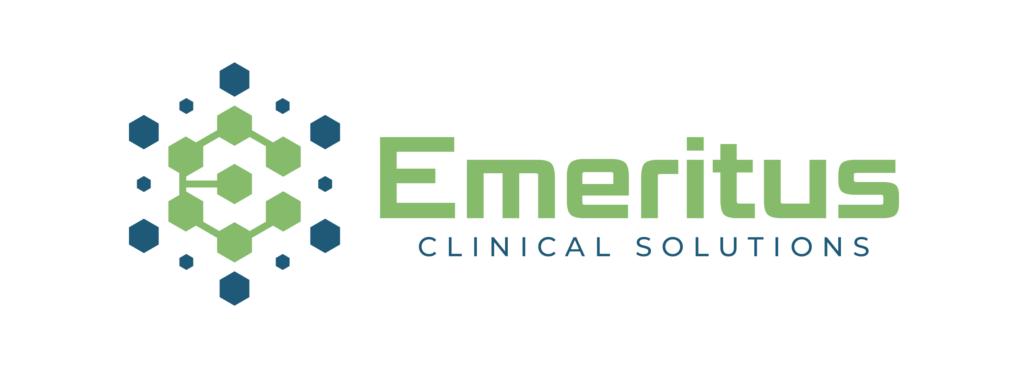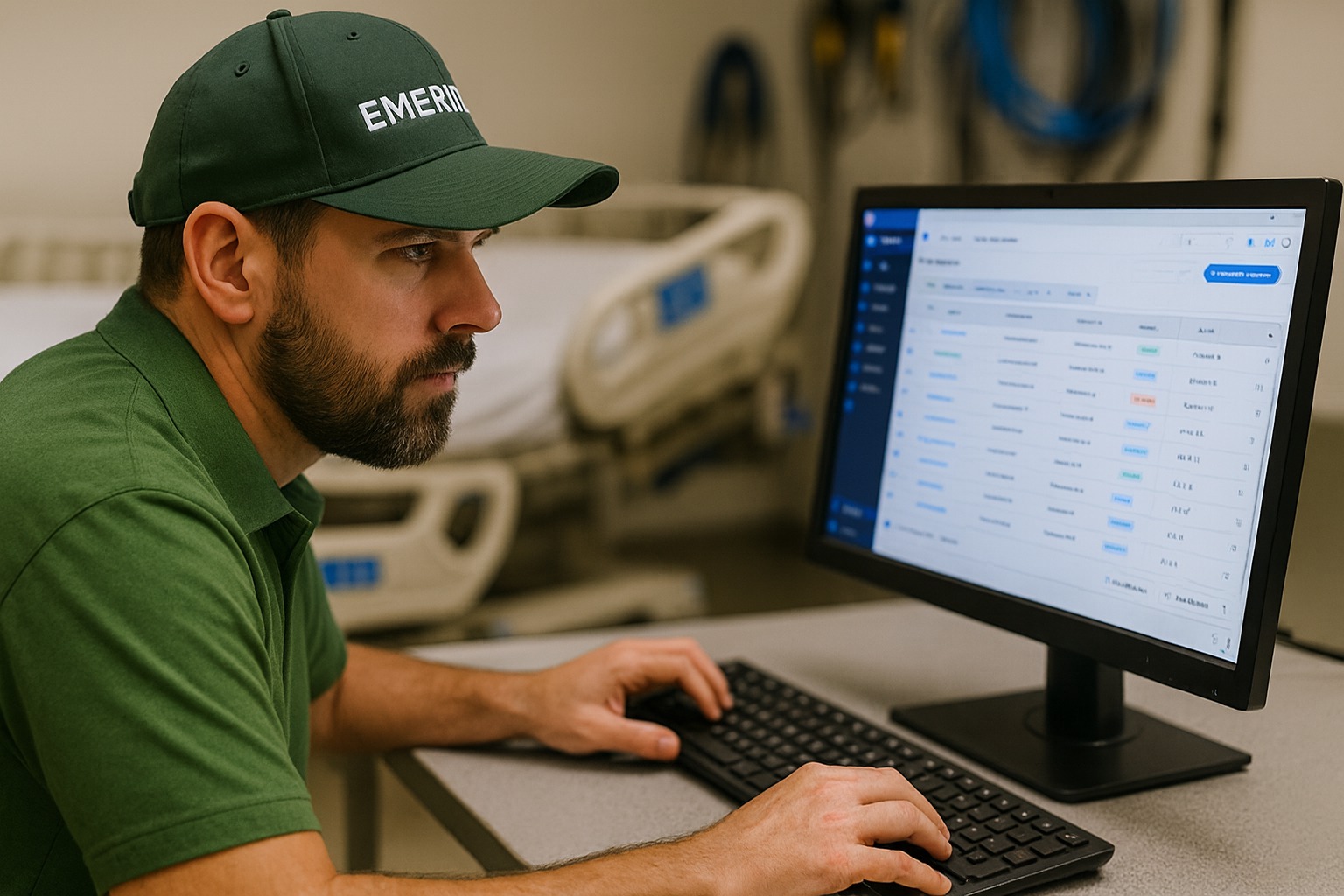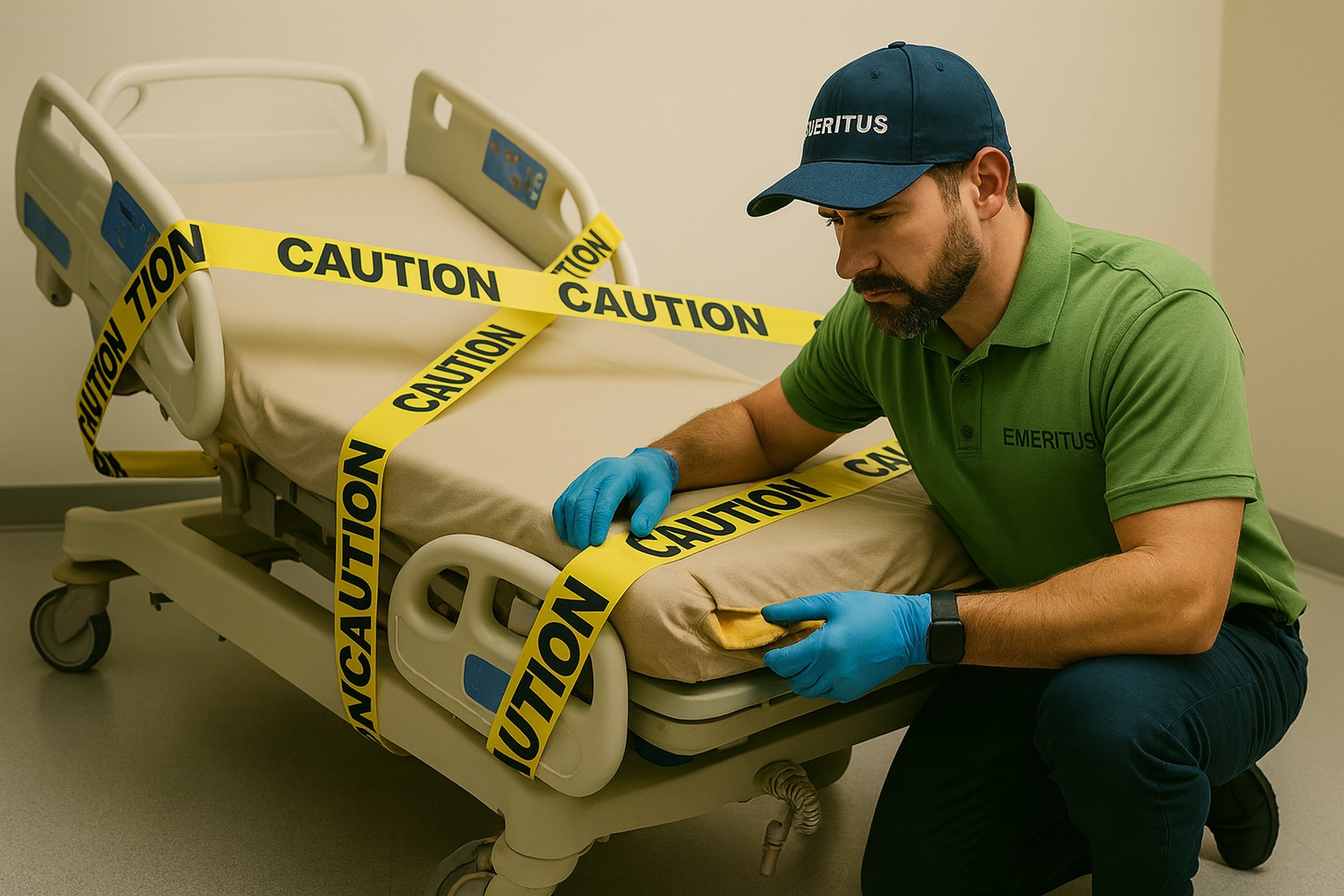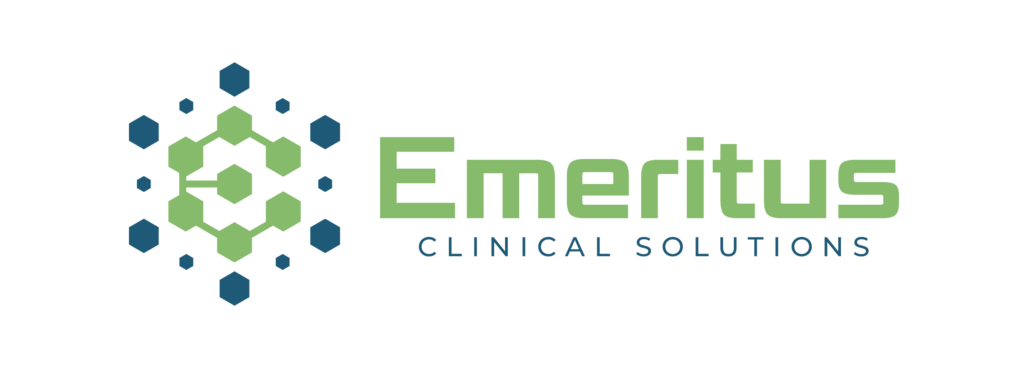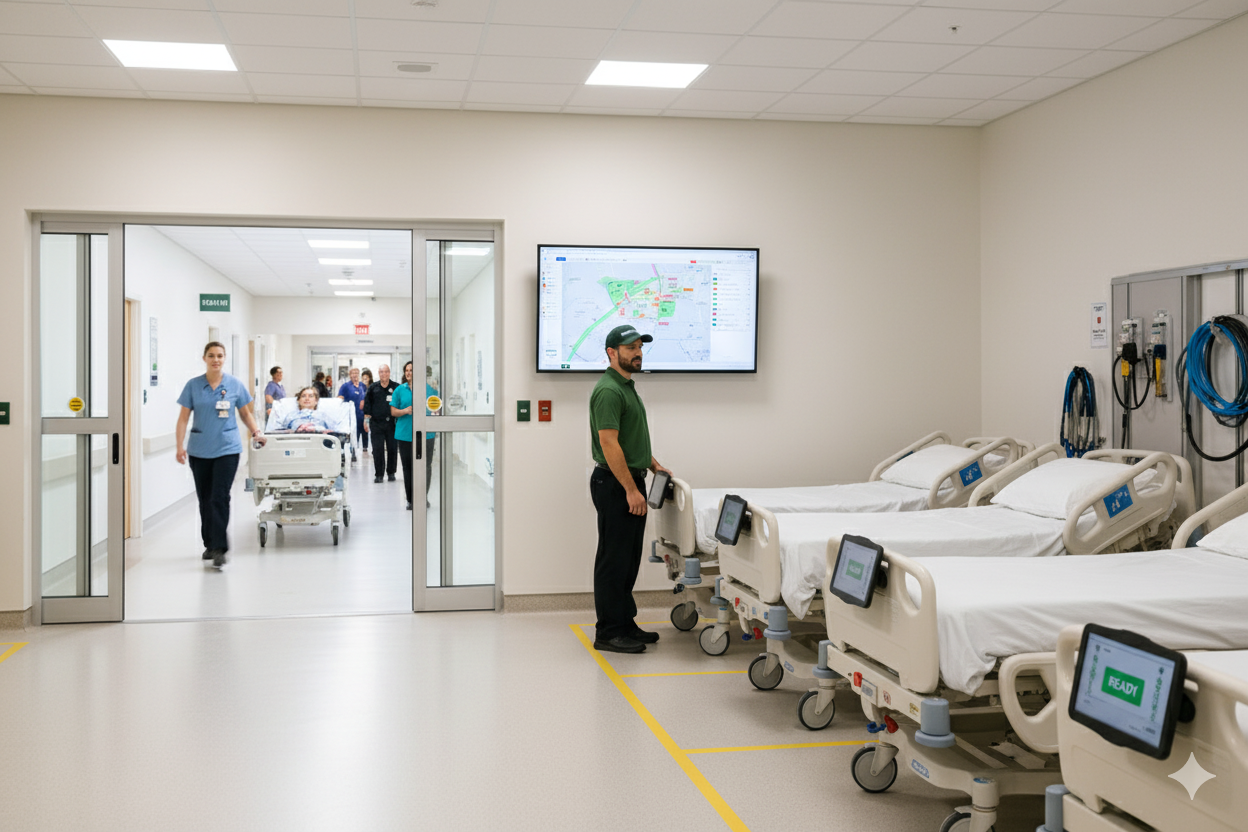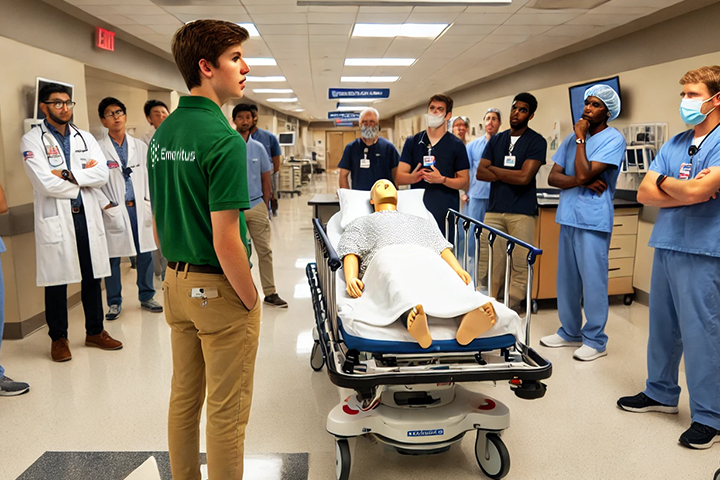
In healthcare facilities, efficient operations are crucial to providing top-tier patient care. However, an often overlooked aspect that can significantly disrupt these operations is bed transport damage. Such damage can lead to increased downtime for repairs, reduced availability of essential medical equipment, and a cascade of operational inefficiencies. Addressing this issue effectively involves a combination of staff training, the use of advanced technology, and proven management practices.
Operational Challenges
Bed transport damage frequently results from improper handling and navigation of hospital beds and stretchers within the facility. This damage can severely disrupt hospital operations by necessitating frequent repairs, which in turn reduces the availability of these essential pieces of medical equipment. The downtime associated with repairing or replacing damaged beds can delay patient admissions and transfers, disrupt the scheduling of medical procedures, and strain hospital resources. Additionally, the unexpected unavailability of beds can lead to overcrowding and increased wait times, impacting patient satisfaction and care.
Training and Education
One of the most effective ways to prevent bed transport damage is through rigorous training and continuous education of hospital staff. This includes not only those directly involved in the transport of patients, such as staff from transport and environmental services departments but also nursing staff who might need to move beds in emergency situations. Training programs should focus on the correct techniques for moving beds and stretchers, understanding the layout of the hospital to avoid collisions, and handling emergency stops and starts without causing damage. Regular refresher courses are essential to maintain high standards, especially given the high turnover rates typically seen in these departments.
Role of Comprehensive Bed Management Program
Taking a comprehensive approach to hospital bed maintenance can offer significant opportunities to mitigate the risks of bed transport damage. From simple solutions such as tracking bed crash damage in your computerized maintenance management system (CMMS) to more complex use of technology such as Implementing advanced tracking and management systems can play a pivotal role in monitoring the cause and frequency of bed crash damage. Bringing misuse and abuse data out of the shadows, can help garner buy-in from various departments to help address the issue. Additionally, technologies such as real-time location systems (RTLS) can track the movement of beds within the hospital, ensuring that they are transported along optimal paths that minimize the risk of collision.
Conclusion
The challenge of bed transport damage in healthcare facilities is multifaceted but can be effectively managed with the right combination of training, technology, and proactive operational strategies. By focusing on these areas, hospitals can enhance their operational efficiency, reduce costs associated with facility and bed damage, and ultimately improve the overall quality of patient care. As healthcare continues to evolve, adopting these practices will be crucial for facilities looking to maintain operational excellence and high standards of patient care.
